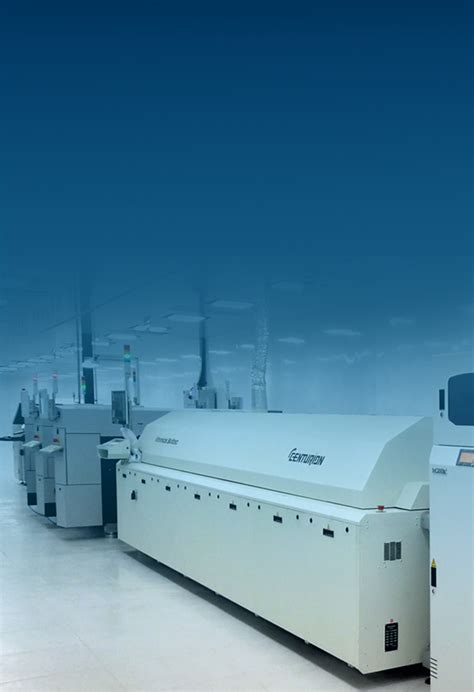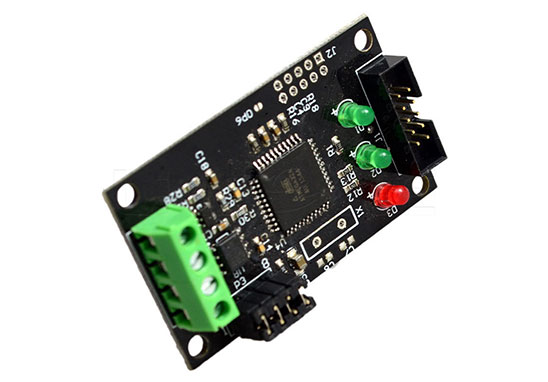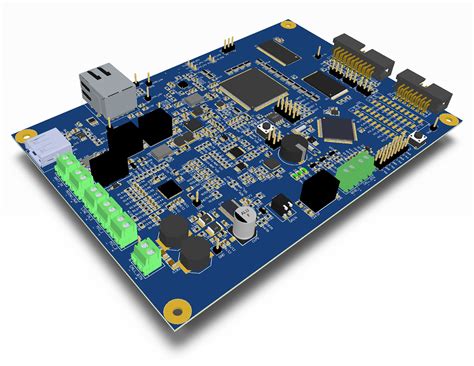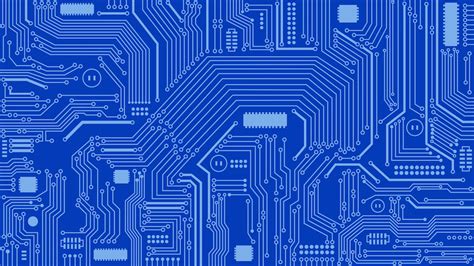Essential PCB Assembly Partners for High-Performance Electronics

Key Takeaways
Selecting the right PCB assembly partner is critical for achieving high-performance electronics manufacturing goals. Leading PCBA providers combine advanced technologies with rigorous quality control to ensure precision, scalability, and reliability. Below are essential considerations when identifying partners:
| Factor | Importance | Industry Standard |
|---|---|---|
| Technical Expertise | Ensures compatibility with complex designs | IPC-A-610 certification |
| Quality Assurance | Reduces defects and ensures compliance | ISO 9001:2015 adherence |
| Scalability | Supports volume production without delays | JIT (Just-in-Time) inventory systems |
When evaluating potential partners, prioritize those offering end-to-end PCB assembly services, from prototyping to full-scale production. Look for expertise in surface-mount technology (SMT) and through-hole assembly, as these methods directly impact product reliability. Additionally, PCBA providers with automated optical inspection (AOI) systems and functional testing protocols minimize risks in high-stakes applications, such as aerospace or medical devices.
A collaborative approach with PCB assembly companies fosters innovation, enabling faster time-to-market and adaptability to emerging technologies like IoT or 5G. By aligning with partners that emphasize transparent communication and continuous improvement, manufacturers can streamline workflows while maintaining stringent quality benchmarks.
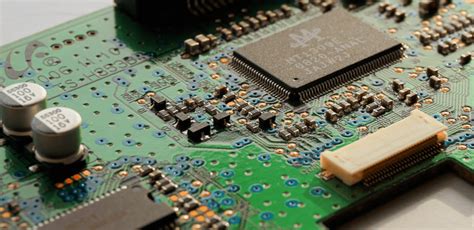
Top PCB Assembly Companies for Electronics Manufacturing
Identifying top PCB assembly companies is critical for businesses seeking to optimize high-performance electronics manufacturing. These partners combine advanced PCBA processes with cutting-edge technologies to ensure precision across complex projects. Leading providers distinguish themselves through scalable production capabilities, catering to both prototyping and large-scale runs while maintaining stringent quality control protocols.
Key players in the PCB assembly sector often integrate automated surface-mount technology (SMT) and through-hole assembly systems, enabling rapid turnaround without compromising reliability. Many prioritize certifications like ISO 9001 and IPC-A-610 standards, underscoring their commitment to defect-free outcomes. Additionally, partnerships with these firms often include design for manufacturability (DFM) reviews, which streamline workflows and reduce time-to-market.
When evaluating PCBA partners, consider their expertise in handling high-density interconnect (HDI) boards or flexible circuits, which are essential for modern electronics. Transparent communication, coupled with real-time production tracking, further ensures alignment with project milestones. By collaborating with PCB assembly specialists, manufacturers gain access to end-to-end solutions—from component sourcing to final testing—that elevate product performance while mitigating risks in competitive markets.
High-Performance PCB Assembly Solutions Guide
Modern electronics demand PCB assembly processes that balance precision, speed, and scalability. Leading PCBA providers leverage cutting-edge technologies such as automated optical inspection (AOI), 3D solder paste inspection (SPI), and high-speed surface-mount technology (SMT) to ensure consistent performance in complex designs. These solutions are critical for applications requiring thermal management, signal integrity, and miniaturization—common challenges in aerospace, medical devices, and IoT systems.
"High-performance assembly isn’t just about advanced machinery; it’s about integrating rigorous process controls with domain-specific expertise." – Industry Expert
To optimize outcomes, prioritize partners offering design for manufacturability (DFM) analysis during PCB assembly planning. This proactive approach identifies potential bottlenecks, such as component spacing conflicts or solder mask limitations, before production begins. Additionally, in-circuit testing (ICT) and functional testing protocols should align with industry standards like IPC-A-610 and ISO 9001 to validate reliability under stress conditions.
For projects requiring rapid scaling, seek PCBA specialists with flexible capacity models, such as just-in-time inventory management or dual-source component procurement. This ensures seamless transitions from prototyping to mass production while maintaining traceability through serialized data tracking. By aligning technical capabilities with your product’s lifecycle needs, PCB assembly becomes a strategic enabler—not just a manufacturing step—for delivering electronics that outperform market expectations.
Advanced PCB Assembly Technologies for Reliability
Modern PCB assembly processes leverage cutting-edge technologies to ensure uncompromising reliability in high-performance electronics. PCBA manufacturers now employ surface-mount technology (SMT) with micron-level placement accuracy, coupled with automated optical inspection (AOI) systems that detect defects invisible to the human eye. For mission-critical applications, 3D X-ray imaging validates solder joint integrity beneath complex multi-layer boards, while in-circuit testing (ICT) simulates real-world operating conditions. Advanced thermal management techniques, including controlled impedance routing and thermal interface materials, mitigate heat-related failures in power-dense designs. The integration of conformal coating systems with robotic precision ensures environmental protection without compromising electrical performance. Leading providers combine these technological advancements with design-for-manufacturability (DFM) analysis, identifying potential failure points during prototyping phases. This multilayered approach to PCB assembly creates robust production ecosystems where PCBA reliability meets military-grade standards (MIL-PRF-31032) while maintaining scalability for commercial volumes.
Quality Control in PCB Assembly Services
Robust quality control (QC) protocols form the backbone of reliable PCB assembly processes, ensuring that high-performance electronics meet stringent industry standards. Leading PCBA providers implement multi-stage inspection systems, combining automated optical inspection (AOI), X-ray analysis, and functional testing to detect defects at critical production phases. For instance, AOI systems scan solder joints and component placement with micron-level precision, while X-ray imaging verifies hidden connections in complex ball grid array (BGA) designs.
To maintain consistency, top-tier PCB assembly companies adhere to certifications like IPC-A-610 and ISO 9001, which govern everything from solder quality to material integrity. Statistical process control (SPC) tools further enhance traceability, enabling real-time monitoring of production metrics such as temperature profiles during reflow soldering. This data-driven approach minimizes deviations and ensures zero-defect output for mission-critical applications.
Moreover, advanced PCBA partners integrate supply chain audits to validate component authenticity, mitigating risks from counterfeit parts. By aligning QC frameworks with client-specific requirements—whether for aerospace-grade durability or medical-device biocompatibility—these providers deliver PCB assembly services that balance efficiency with uncompromising reliability. Such rigor not only streamlines compliance but also strengthens long-term partnerships in evolving electronics markets.
Streamlining Production With Expert PCB Partners
Collaborating with specialized PCB assembly providers transforms manufacturing efficiency by aligning technical expertise with scalable production demands. These partners leverage advanced automation and data-driven process controls to optimize PCBA workflows, reducing lead times while maintaining stringent quality benchmarks. By integrating PCB assembly expertise early in product development, teams can address design-for-manufacturability challenges, minimizing costly revisions during mass production.
Strategic partnerships enable access to cutting-edge technologies like laser-depaneling systems and 3D solder paste inspection, which enhance precision across high-volume orders. Seasoned PCBA suppliers also implement just-in-time inventory management, synchronizing component procurement with production schedules to mitigate supply chain disruptions. This coordination becomes critical when scaling for market-ready electronics requiring ISO-certified processes and IPC-A-610 compliance.
Moreover, expert partners employ agile manufacturing frameworks that adapt to evolving product requirements, from prototype validation to final assembly. Their ability to balance speed with PCB assembly accuracy ensures consistent output quality while accommodating rapid design iterations—a decisive factor in maintaining competitive advantage within fast-paced electronics sectors.
Selecting PCB Assembly Partners for Innovation
When identifying PCB assembly partners capable of driving innovation, technical expertise must align with forward-thinking product goals. Leading PCBA providers distinguish themselves through adaptive manufacturing processes and investments in emerging technologies like high-density interconnect (HDI) or flexible circuit solutions. These capabilities enable partners to support complex designs, from prototyping to volume production, while maintaining alignment with evolving industry standards.
A critical factor is a collaborator’s R&D infrastructure, which ensures compatibility with cutting-edge materials and IoT-enabled assembly workflows. For instance, partners leveraging automated optical inspection (AOI) and 3D solder paste inspection can preemptively address defects in advanced layouts, reducing time-to-market for innovative electronics. Additionally, assess their capacity for scalable solutions—whether through modular production lines or cloud-based supply chain management—to accommodate future design iterations.
Transparent communication channels and quality certifications (e.g., ISO 9001, IPC-A-610) further validate a partner’s commitment to innovation without compromising reliability. By prioritizing firms that integrate rigorous testing protocols with agile problem-solving, businesses can transform conceptual designs into market-ready products while sustaining competitive differentiation.

Elevating Product Reliability Through PCB Assembly
In the realm of high-performance electronics, PCB assembly serves as the backbone of product durability and functionality. By leveraging advanced PCBA processes, manufacturers ensure that components are integrated with precision, minimizing risks of failure caused by environmental stressors or operational demands. Critical to this is the use of automated optical inspection (AOI) and X-ray testing, which identify microscopic defects in solder joints or component alignment before final integration.
Leading PCB assembly companies prioritize materials engineered for thermal stability and signal integrity, such as high-Tg laminates or low-loss substrates, to enhance long-term performance. Rigorous quality control protocols further validate each stage of production, from solder paste application to reflow profiling, ensuring compliance with industry standards like IPC-A-610. This meticulous approach not only reduces field failures but also extends the lifecycle of electronic systems.
Collaboration with expert PCBA partners enables seamless scalability, whether prototyping or transitioning to mass production. By aligning design-for-manufacturability (DFM) principles with real-world testing data, these partnerships mitigate risks early, fostering reliability-by-design. The result is electronics that consistently meet stringent performance benchmarks, even in mission-critical applications.
PCB Assembly Expertise for Electronics Excellence
Achieving electronics excellence hinges on partnering with PCB assembly providers that combine technical mastery with industry-specific knowledge. Leading PCBA specialists leverage cutting-edge processes like automated optical inspection (AOI) and surface-mount technology (SMT) to ensure precision across high-density designs. Their expertise extends beyond component placement, encompassing design for manufacturability (DFM) reviews to preempt production bottlenecks and optimize board performance.
By integrating rigorous quality control protocols—including X-ray inspection and functional testing—these partners mitigate risks of defects in mission-critical applications. Advanced PCB assembly workflows also prioritize scalability, enabling seamless transitions from prototyping to full-scale production without compromising reliability. Collaboration with such experts ensures alignment with evolving standards, such as RoHS compliance or IPC-A-610 Class 3 requirements, which are vital for aerospace, medical, and automotive sectors.
Ultimately, PCBA proficiency bridges the gap between innovative design and market-ready products. Partners who excel in thermal management and signal integrity optimization empower brands to deliver electronics that meet stringent performance benchmarks while accelerating time-to-market. This synergy of technical acumen and operational agility defines modern PCB assembly excellence.
Conclusion
As the electronics industry continues to evolve, partnering with the right PCB assembly provider remains critical for achieving scalability, innovation, and market readiness. Leading PCBA specialists combine cutting-edge manufacturing techniques with rigorous quality protocols to ensure products meet the demands of high-performance applications. By prioritizing collaboration with partners who invest in advanced automation, material science, and real-time testing, businesses can mitigate risks while accelerating time-to-market.
The strategic selection of PCB assembly companies directly impacts product longevity and user trust, particularly in sectors like aerospace, medical devices, and IoT. Emphasizing traceability and supply chain transparency further strengthens the alignment between design intent and final output. Ultimately, a well-chosen PCBA partner not only streamlines production workflows but also serves as a catalyst for technological breakthroughs, ensuring electronics manufacturers stay ahead in competitive markets.
Frequently Asked Questions
What factors should I consider when choosing a PCB assembly partner?
Key considerations include expertise in high-performance electronics, certifications (e.g., ISO, IPC), access to advanced PCB assembly technologies, and a proven track record in quality control. Partners should also offer scalability to support evolving production needs.
How does PCBA contribute to product reliability?
PCBA integrates rigorous testing protocols, such as automated optical inspection (AOI) and functional testing, to identify defects early. This ensures components meet performance standards, reducing failure rates and enhancing long-term reliability in demanding applications.
What distinguishes high-quality PCB assembly services?
Top-tier providers prioritize precision in component placement, use of lead-free soldering techniques, and adherence to industry standards. They also employ advanced technologies like surface-mount technology (SMT) and flexible PCB solutions to optimize performance.
Can PCB assembly companies handle both prototyping and mass production?
Yes, many partners offer end-to-end services, from rapid prototyping to full-scale manufacturing. This flexibility accelerates time-to-market while maintaining consistency in quality control across all production phases.
How do PCBA partners streamline electronics manufacturing?
By leveraging automated workflows, real-time production monitoring, and collaborative design support, partners minimize errors and reduce turnaround times. This efficiency is critical for maintaining competitiveness in fast-paced industries.
Ready to Elevate Your Electronics Manufacturing?
Explore how our PCB assembly expertise can transform your production process. Click here to connect with our specialists and discover tailored solutions for your high-performance electronics needs.

